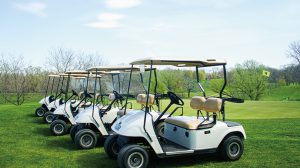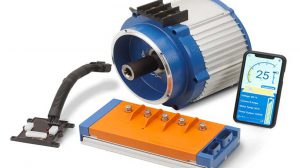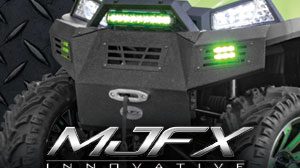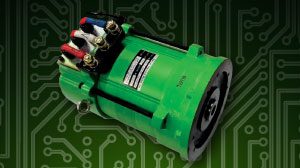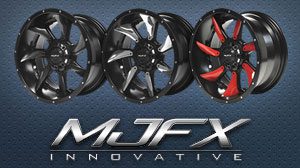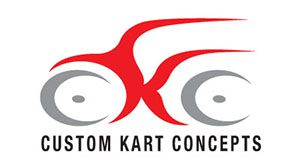By: Matt Vallez
In this issue we are focusing on accessories for golf cars, so what exactly are golf car accessories? According to my Webster’s Dictionary, an accessory is any object or device that is not necessary in itself, but that adds to the beauty or usefulness of something else. How does this definition then apply to golf cars, and whose definition of beauty or usefulness should we go by? This article will attempt to define a golf car accessory in a more meaningful way, as well as discuss some of the trends and combinations of accessories that can increase the beauty and usefulness of any golf car.
Let’s first go back in history and review what our industry has considered an accessory. When I started in 1991, a top was considered an accessory. In order to sell the other two most popular accessories, windshields and enclosures, you had to sell a top first. After those big three, the next accessories were sheepskin seat covers, wheel covers, light kits (running lights), recycled tire floor mats, and rear seat kits or cargo boxes. That was about it; maybe if you add mirrors and club protectors, as well as a few golf related items such as coolers, sand bottles and ball holders you would have about ninety percent of the accessories available in the early 90’s. The next wave of accessories included premium aluminum wheels, flip flop seat kits, light kits (with turn signals and brake lights), high-amp controllers, high-speed gear sets, electric motors, carpet, and simulated wood grain plastic dash kits. Fast-forwarding to today and there are also GPS systems with monitors, tilt chrome steering columns, 23-inch tires set on 12-inch offset wheels, and independent front suspension lift kits. Today, you don’t have to ask the customer if his car even has a top; it came that way straight from the factory.
The definition of an accessory for a golf car is basically anything that is not necessary for the golf car to function properly. To decide on what is necessary would depend on how you plan to use your golf car. If you are hunting, then camouflage and a gun rack would be considered necessary. If you are using it as a form of transportation, as many living in retirement communities do, then lights and a state of charge meter would be necessary. In these cases, such items as the plastic wood grain dash might not be necessary. For simplicity sake, most golf cars start their life as striped down fleet cars. Anything added to this stripped down fleet golf car is, for our industries sake, an accessory. That would include motors, controllers and heavy-duty leaf springs; parts that are often considered “hard parts” or replacement parts. This is especially true when you replace a perfectly good part with a new one for the sole purpose of improving performance. That is a working definition of golf car accessories.
Certain accessories, if not combined with others, will actually decrease the cars usefulness rather than adding to it. For instance, if you add a lift kit and 23-inch tires set on 12-inch wheels to an otherwise stock electric golf car, then you have decreased its effectiveness and thus shortened the life of the motor and controller. Or, if you install a high amp series controller and motor combination without 4 gauge power wires, a high amp solenoid, and beefed up F&R switch your customer will be back sooner rather than later and not in good spirits about it either. If someone installs a rear seat kit and intends to ride four adults, he will also need heavy-duty leaf springs. Certain things just go together. Like a lift kit with big tires and fender flares or custom paint, or premium upholstery and graphics with chromed aluminum wheels. There are many combinations available, but selling the complete package is both where the money is and where the customer satisfaction is.
Why do it half way? If someone comes in with an electric golf car and wants to haul dirt around his land that has a steep hill, you would be doing a disservice to sell the person only the steel box and call it a day. Instead, you offer him the other options that will finish the job. Such options may be plastic or aluminum boxes, and dump box mounting kits, or different top options, standard to 80 inches. In order to get up the steep hills on his land with a payload, a car might need heavy duty rear springs, a lift kit, a high torque motor and controller combination, or some heavy 4 gauge wire, beefed up F&R, and so on….
You won’t know until you bring it up. Even if the customer walks out with only a steel box, you have at least started him thinking about what else he can do to the golf car. If next week he decides the golf car is not climbing fast enough, he will come back and ask you about the motor and controller package you had discussed. So, the final definition of an accessory item is anything that you are able to convince a customer to add or replace on his golf car that is not required. The Nivel catalog has doubled the size of its accessory section for this reason. Make sure you know all of your options and relay them to your customer.




